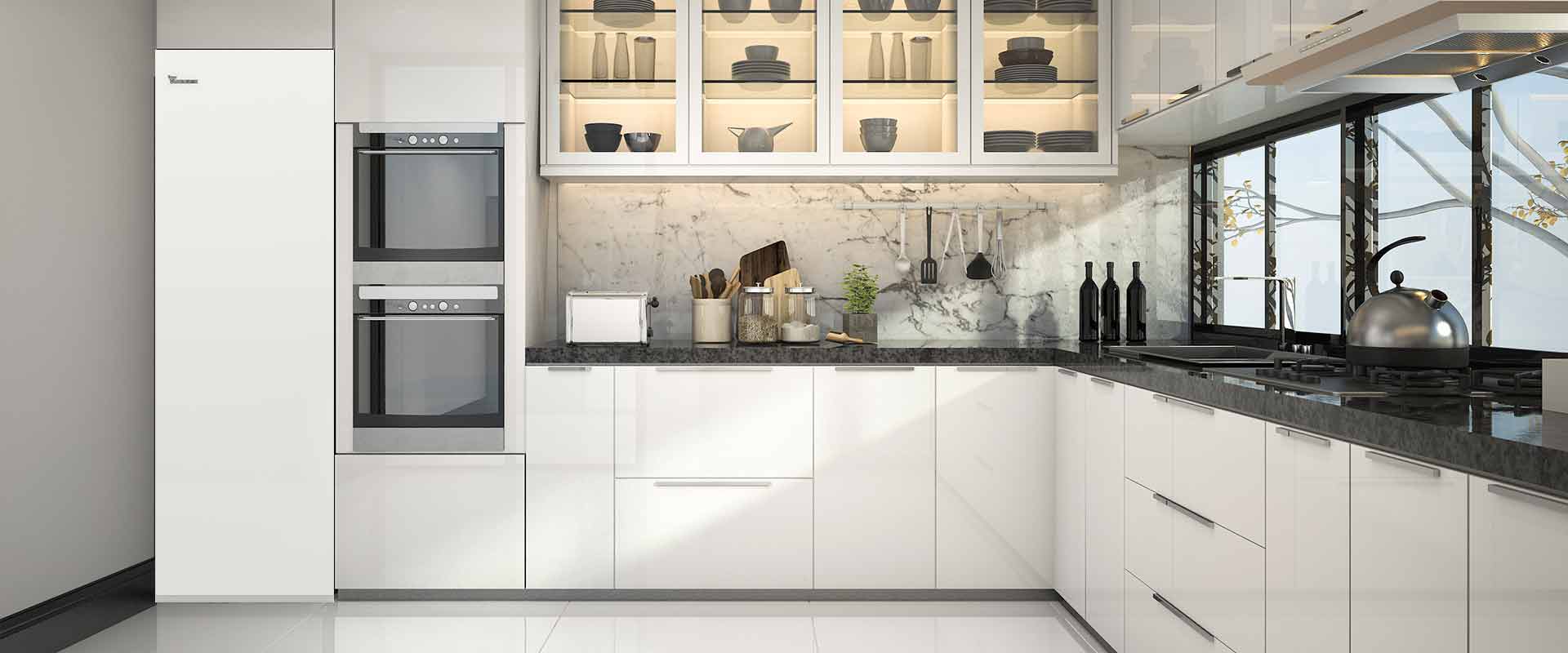Cool thing: heat pump
climate-friendly and cost-effective cooling
The only heat generator that can also cool: In addition to heating and preparing hot water, the heat pump enables simple cooling without major additional expense. Whereas cooling with the heat pump is more common in countries, such as the Netherlands, it is not yet established in other European countries, despite considerable advantages over conventional air conditioning systems.
Can cooling be retrofitted?
If you are already the owner of a brine/water heat pump, retrofitting is easily possible with a cooling package or another accessory. If they are owners of an air/water heat pump, retrofitting is costly due to the associated hydraulic conversion.
Active and passive cooling
Passive cooling
“Passive cooling” of brine/water heat pumps or water/water heat pumps is a particularly cost-effective way to use the low temperatures in the ground to comfortably cool living spaces in the summer. Excess heat is extracted from the living spaces, dissipated into the ground and replaced by cool air. In this way, the heating surfaces, such as the underfloor heating or wall heating, become cooling surfaces. With this type of cooling, the heat pump is switched off except for the control and circulation pumps.
Aktive cooling
“Active cooling” simply reverses the way the heat pump works, actively cooling the rooms. Thus, the heat pump works on the same principle as a refrigerator. It extracts heat from the interior and releases it to the outside. From a physical point of view, heat pump and refrigerator are identical and basically have the same components. The only difference between the two is their utility. In order to actively cool with a heat pump, it must have a reversible refrigeration cycle as well as some additional components. If you decide to use a heat pump with active cooling, you have to expect somewhat higher investment costs.
Both types of cooling are not only particularly climate-friendly, but also cost-effective compared to air conditioning. Since passive cooling is off except for the circulation pump, no additional energy is needed. This makes passive cooling the more economical option for keeping a home comfortably cool in the summer.
requirements for cooling with a heat pump
It requires a suitable distribution system to cool with a heat pump in summer. Underfloor heating and wall heating are the most suitable because of their large surfaces; radiators are less suitable for this purpose because of their small surfaces.


